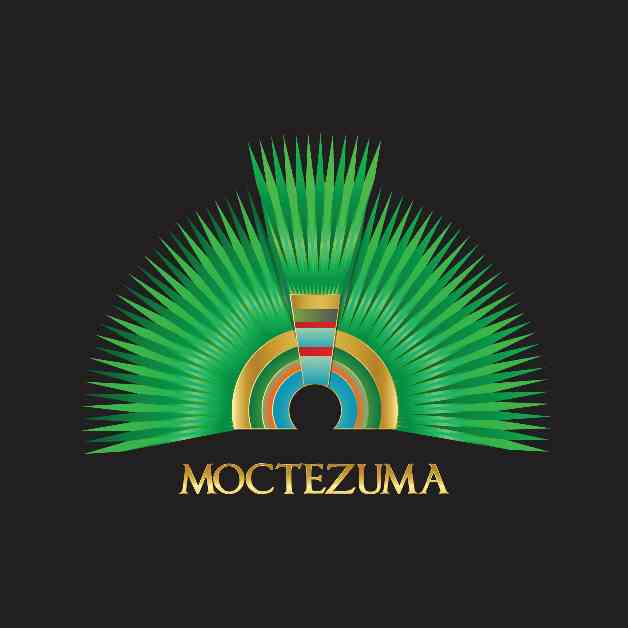Montezuma, the powerful Aztec emperor, is a figure shrouded in mystery and misconceptions. While history tells us that he ruled from 1502 to 1520 and expanded the Aztec Empire, much of what we know about him comes from biased Spanish accounts, according to historian Matthew Restall. These accounts painted Montezuma as a barbaric and weak leader who submitted to the Spaniards, but Restall believes this portrayal is far from accurate.
In reality, Montezuma was likely a strong, intelligent, and careful ruler who was interested in the world around him. As a collector of artifacts and cultural pieces, it’s no surprise that he possessed a magnificent headdress made of 400 quetzal feathers and gold detailing, showcasing intricate feather artistry. However, the journey of this headdress to Europe is a tale of conquest and plunder.
The headdress, along with other valuable Aztec treasures, was looted by the Spaniards and sent back to Europe. While the exact path of the headdress to Vienna remains unclear, it has been in Europe since the 16th century. Despite calls from the Mexican government for its return, the headdress remains in Vienna due to concerns about its fragility.
Activists have campaigned for the headdress’s return to Mexico, arguing that it is a matter of national heritage and sovereignty. However, museum professionals and conservators prioritize its conservation over repatriation. The debate over the headdress’s rightful home raises questions about the intersection of politics, conservation, and indigenous heritage.
As discussions continue about the fate of the headdress, one question looms large: where should it be housed if returned to Mexico? Whether it finds a home in a national museum or a more local institution, the headdress’s significance to Mexican history and culture cannot be understated. For now, the headdress remains a symbol of the complexities of cultural heritage and ownership in a globalized world.

